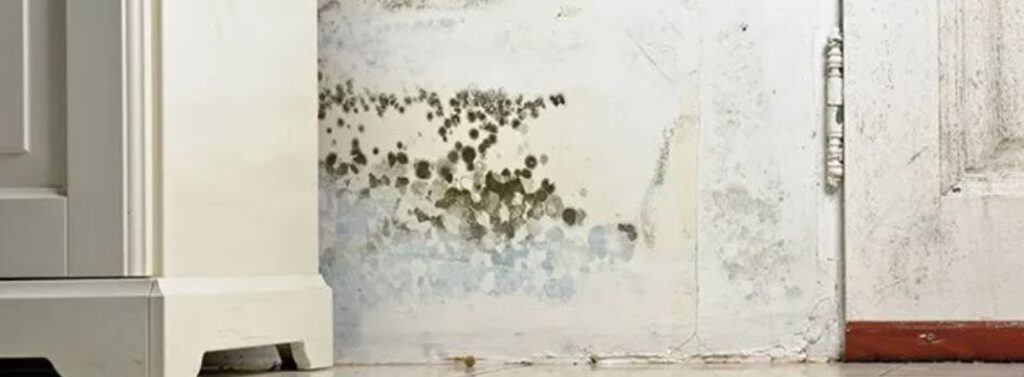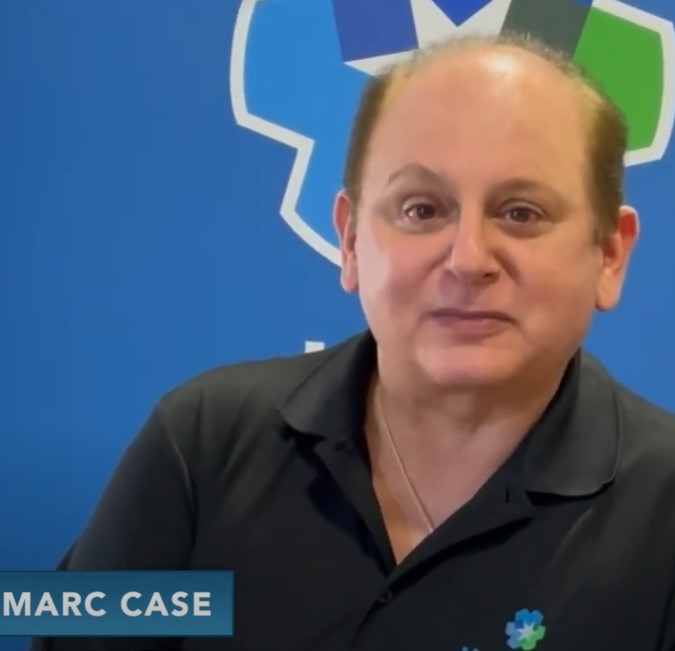
Most everyone has heard of mold before. The question is, what is it and is it really harmful? With these two questions answered, you may be able to help prevent mold growth in your home and keep your home safe from it’s growth.
What Is It?
Mold is a part of the fungi family. It grows indoors and outdoors. Despite the negative connotation associated with it, has a purpose. They play an important role in breaking down material in the outdoors such as dead leaves. Mold has also been used in very common products such as medicine (for instance in penicillin) and in foods (like cheese). So it isn’t all bad when found in great amounts in the wrong places it can be harmful.
Mold and fungi
There are a lot of organisms known as fungi; estimates put their number at 300,000. Fungal species, often known as funguses, are described by the US EPA as “types of plants that have no leaves, flowers, or roots.” Molds found in cheese, peanut butter, mulch, hay, grains, and spoiled foods; organisms that can cause athlete’s foot, fingernail infections, and certain types of pneumonia; and the black substance growing in bathroom grout are examples of seemingly unrelated substances that are considered to be fungi.
Fungi reproduce via Spores
These travel through the air and settle on surfaces to begin their life. In dry settings, many spores can stay latent for extended periods of time; nevertheless, in the presence of moisture, they usually become fungus.
Fungi decompose organic materials such as leaves, grass clippings, and dead trees outside. The fungus themselves are a bulky substance consisting of several kinds of spores. The type of substance these spores are located on, the time of year, and the climate all affect them. Because they enter through windows and doors and land on clothes and shoes, spores can be detected indoors at any given time.
Fungi make up molds. Even in the absence of obvious water leaks, homes and buildings frequently offer a variety of places for spores to proliferate, including seepage through cellar floors and foundation walls, condensation from windows, air conditioners and dehumidifiers, faulty plumbing, moist bathrooms, air filters, and potted plants.4. Certain mold spores are more likely to develop on particular surfaces than others. For instance, the “yellow slime” that appears on hardwood mulch is not likely to grow in a tiled bathroom.
Aspergillus, Alternaria, Acremonium, Cladosporum, Dreschslera, Epicoccum, Penicillium, Stachybotrys, and Trichoderma are common types of mold found inside.2. It is possible to test for and identify particular types. This enables the comparison of mold species indoors and outside at a certain place and time. If the two do not, at least substantially, coincide, then it’s colonies may have grown indoors. Such types can release spores and other materials into the interior air, even when they are not readily visible.
How does mold travel?
Mold travels as spores through the air. They can’t be seen by the naked eye so they are all around us but we don’t realize it. These mold spores land where there is a good environment to grow, ideally a moist, dark, and warm environment. The way that it travels allows it to not only find good growing ground in the outdoors but also the indoors. In particularly humid areas, like Monmouth County and Ocean County, New Jersey, there may be more mold growth than you would see in a dry geographic area.
Can mold lead to health issues?
Unless mold spores settle on a damp or wet location and start growing there, it’s are generally not a concern inside. There is a chance that mold will harm your health. In addition to irritants and allergens (compounds that might trigger allergic reactions), they can also produce mycotoxins, which are potentially harmful substances.
For those who are susceptible, inhaling or touching mold or spores may result in allergic reactions. The symptoms of an allergic reaction resemble those of hay fever and include sneezing, runny nose, red eyes, and skin rash (dermatitis). Allergies occur frequently. They might happen right away or later.
People who have asthma and are allergic to mold may also get asthma episodes as a result of it. Additionally, exposure can irritate a person’s skin, nose, throat, eyes, and lungs, regardless of whether they are allergic to it. It’s rare to find reports of mold inhalation symptoms other than allergic and irritating ones.
The consequences of mold on health are still being studied. For more complete information visit the EPA website and talk to a health expert.
What is the danger of mold?
So if you do have mold growth in your house, what is the danger of it? Exposure to it can cause a variety of symptoms such as a sore throat, a cough, sneezing, eye irritation, and in some cases skin irritation. In individuals with underlying health conditions such as asthma, these symptoms may be worse or cause some harm to their respiratory track.
Children, elderly, and those with underlying health conditions are generally more sensitive to mold. The type will make a difference on how severe the danger is. For instance black mold, known as toxic, can cause more severe symptoms because of the toxic byproduct that it releases. This byproduct, when inhaled by people or pets, can cause some health issues.
The other danger of mold is the damage that it can cause. Because it feeds on the material it is growing on, mold can cause permanent damage to your home.
Mold’s Effects on Your Home
mold Can CAUSE Or Be cAUSED BY structural damage
The general state and value of your house can suffer greatly as a result of mold damage. It progressively ruins everything it grows on. It can lead to expensive repairs, rot and decay, surface staining, and structural weakness.
Mold development can cause structural damage to your home’s ceiling, flooring, and walls, jeopardizing its stability. Additionally, it can lead to rot and deterioration in wood structures, necessitating expensive replacements or repairs.
If a mold and moisture issue is left untreated for an extended period of time, structural damage is likely to occur. For instance, it can erode floors and walls by feeding on the damp wood if a roof leaks for an extended period of time.
Should mold be suspected of compromising a building’s structural integrity, it is advisable to get advice from a structural engineer or other qualified specialist.
Structural Home Defects Are the Main Cause of Mold in Buildings
The Housing and Health Service Experience was the title of a 2022 study.
The purpose of the study was to assess the role that building issues play in the spread of mold in homes. We looked into 503 homes belonging to patients with respiratory conditions whose attending physicians had asked for a home assessment if there was a problem if the area was at least one square meter.
Building faults, unintentional water damage, and condensation were the three categories into which environmental issues were divided after a thorough visual inspection and basic environmental measurements carried out by a qualified technician. Data study showed that the main factor leading to the spread of mold was building faults. The most common source of building flaws was water infiltration through wall or roof leaks.
These findings underscore the necessity for mold inspection requests to be made by medical professionals supervising patients with respiratory conditions, and for city health authorities to hire experts like MasterTech Environmental Jersey Shore who can identify building issues and devise solutions for them.
How do I know if I have mold in my house?
There are a couple different ways you are able to know if you have mold growth in your house. Sight and smell or two of the best ways to know if you have mold. It will usually present itself by smell before you actually visually see it. The smell is usually a wet, musty smell. If you begin to detect this sort of smell in your home, be on the lookout for its growth.
Over time, you will be able to see the mold. Depending on the kind it may look differently but commonly you will see dark green or black spots. As well you can keep an eye out for grout between tiles turning a darker color, discoloration of the carpet, dark spots appearing on the wall, or peeling wallpaper. These may be signs that you have it’s growth as well. Find out more information about mold growth in your home from the EPA website.
Mold growth is common inside homes and buildings and though it’s important not to ignore it, it isn’t something you need to panic over. When you are able to identify it and where it is growing in a timely manner, you can get the remediation process underway. Do not wait for mold damage to completely take over your home.

